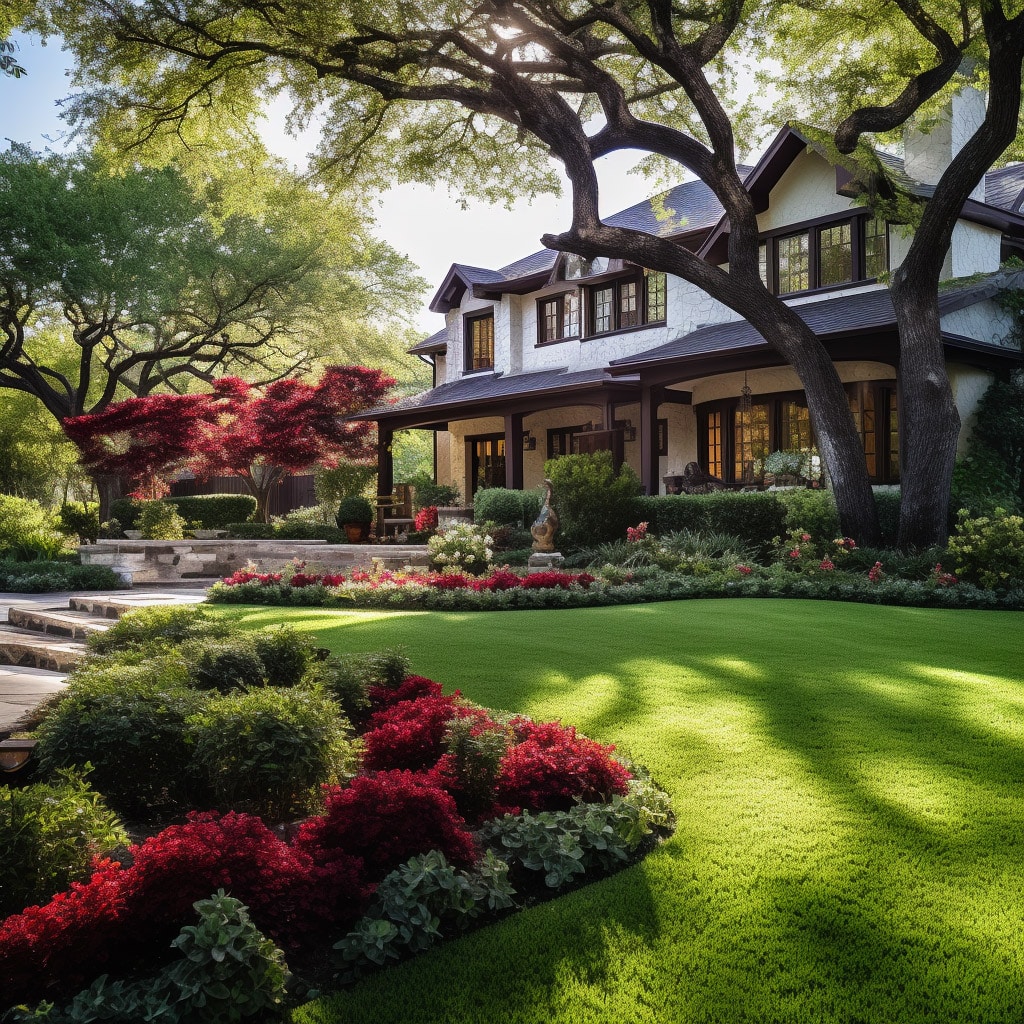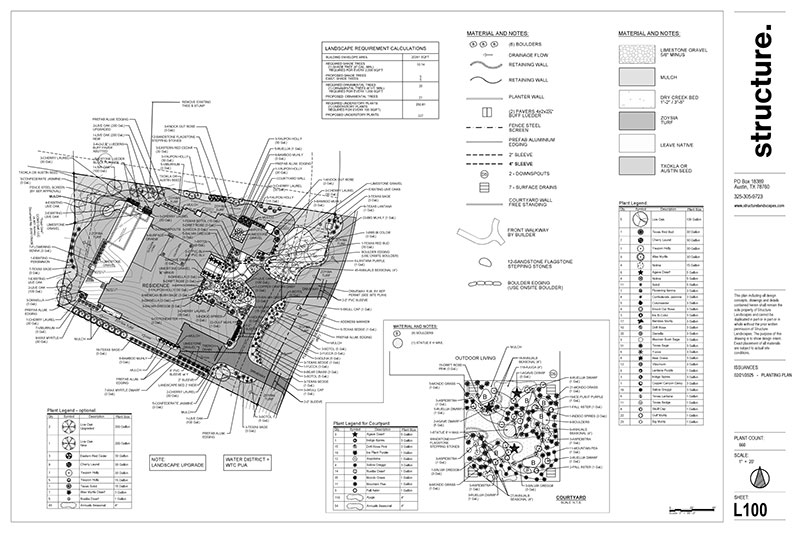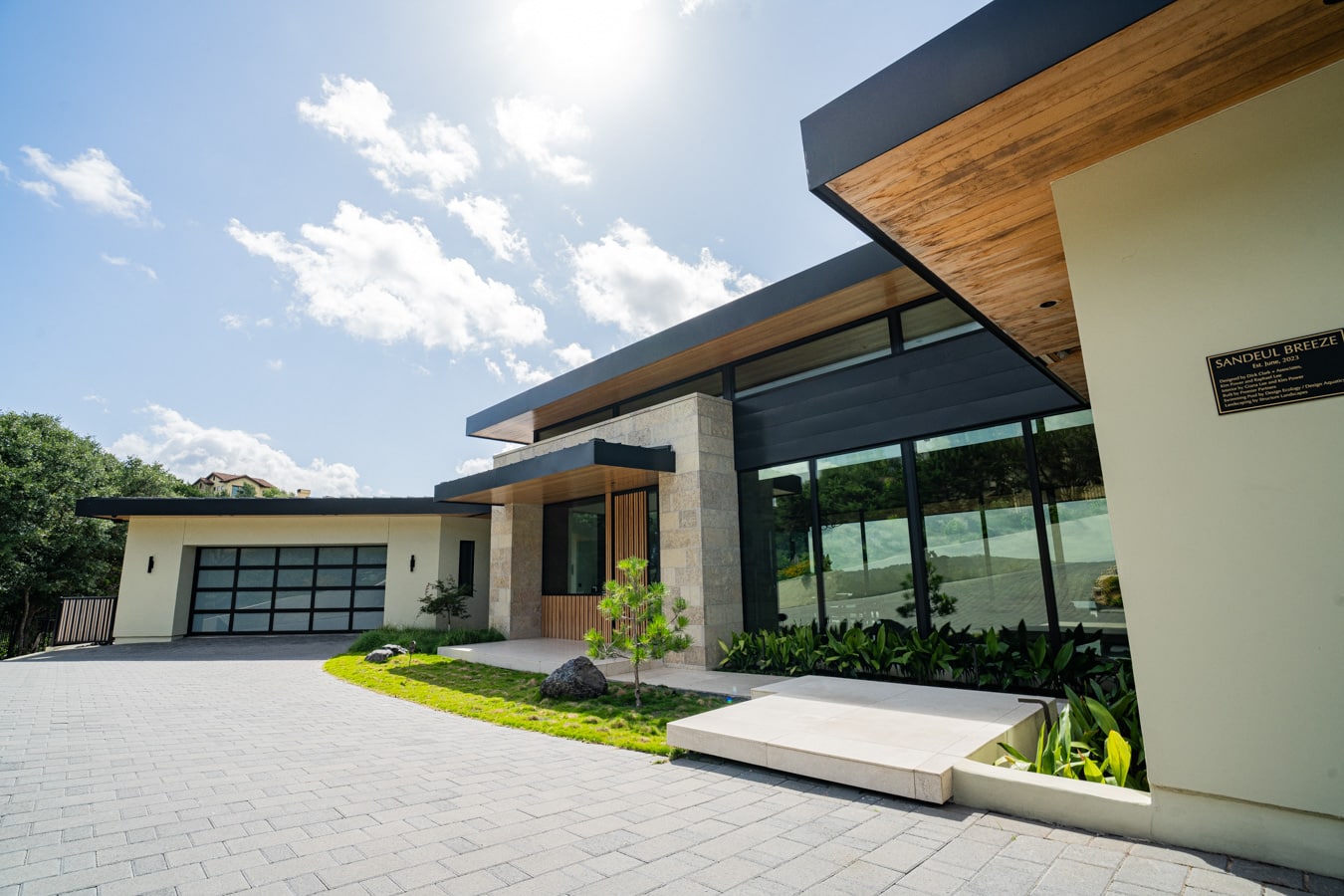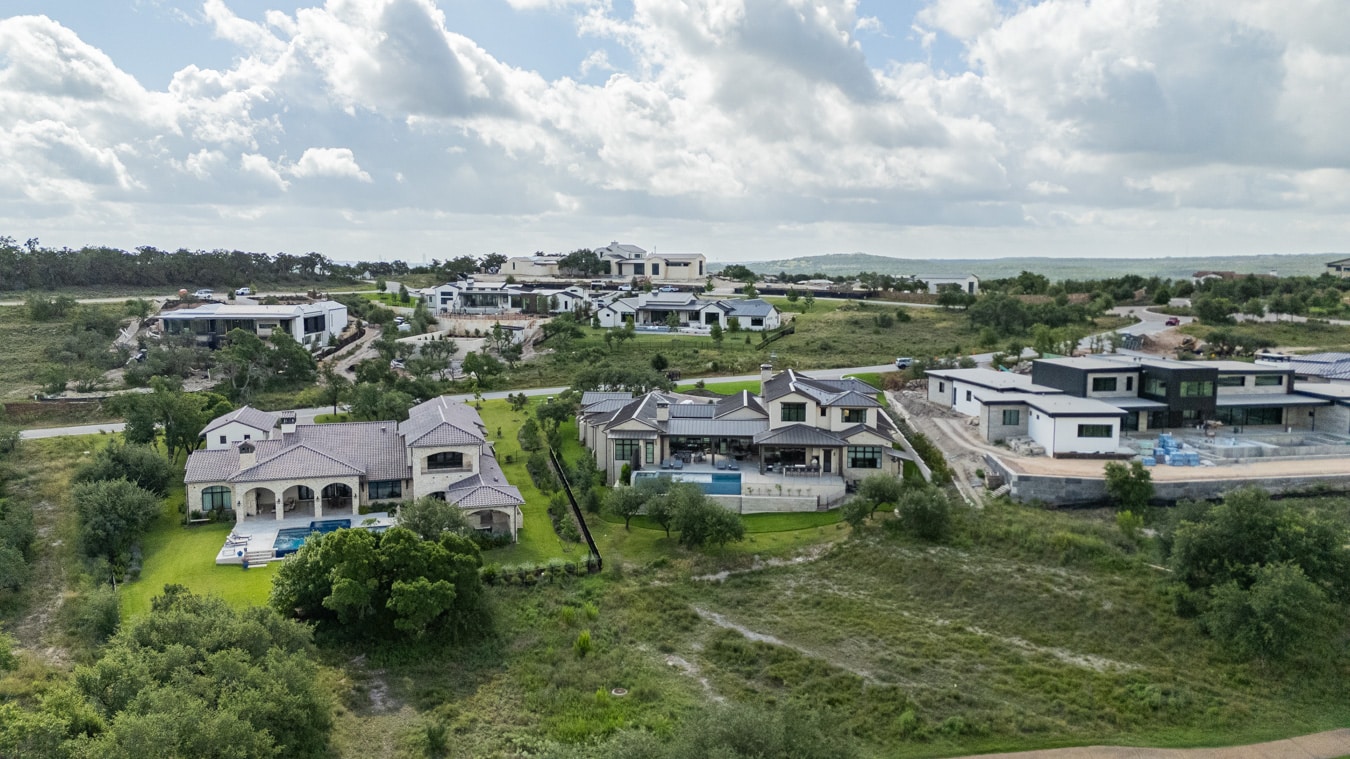Landscaping in Austin, Texas, represents a harmonious blend of art and science, crafted to complement its distinctive environment. This fusion not only enhances aesthetic appeal but also addresses the ecological uniqueness of the region. Understanding Austin’s climate, with its hot summers, mild winters, and occasional droughts, alongside its varied soil types and native plant life, is crucial for creating landscapes that are not just visually stunning but also sustainable and resilient. Emphasizing this knowledge underscores the importance of designing landscapes that thrive in Austin’s unique conditions, ensuring beauty and sustainability go hand in hand.
Understanding Austin’s Landscape Environment
Austin’s landscape environment is characterized by its varied climate, soils, and native plants. The city experiences hot summers, occasional droughts, and mild winters, conditions that demand thoughtful landscaping choices to ensure sustainability. Soil types in Austin range from clay to limestone-based, each with unique properties affecting water drainage and plant nutrition. Incorporating native plants into landscape designs is beneficial, as these species are adapted to the local climate and soil conditions, requiring less water and maintenance. This approach supports biodiversity and creates resilient, beautiful gardens that enhance Austin’s natural beauty.
The Design Phase: Conceptualizing Your Dream Landscape
The initial design phase is pivotal in landscaping, focusing on setting clear goals, visualizing the desired outcome, and accounting for Austin’s unique environmental factors. This stage involves thoughtful consideration of how the space will be used, its aesthetic appeal, and sustainability within the local climate and soil conditions. Professional landscape designers play a crucial role in this process, translating homeowners’ dreams into viable, sustainable designs. They ensure that the vision not only aligns with aesthetic desires but also with practical considerations, such as water conservation and plant suitability, making the dream landscape a reality within Austin’s context.
Key Elements of a Successful Landscape Design in Austin
Successful landscape designs prioritize water efficiency, native plant selection, and functional outdoor living spaces. To achieve both aesthetic appeal and resilience, consider utilizing drought-tolerant plants and incorporating rainwater harvesting systems. Embrace native species for their adaptability, contributing to a lower maintenance garden that thrives in local conditions. Design outdoor areas that serve as extensions of the home, blending functionality with the natural landscape. These key elements ensure a landscape that is beautiful, sustainable, and perfectly suited to Austin’s environmental challenges.
The Construction Phase: Bringing Your Landscape to Life
The construction phase transforms your landscape design into reality, beginning with site preparation and soil amendment to ensure a solid foundation. Careful selection of plants and materials that suit Austin’s climate and the homeowner’s lifestyle is crucial. This phase involves meticulous planning to implement the design, choosing drought-resistant plants and materials that withstand the local environment. Ensuring the landscape is both beautiful and functional requires attention to detail, from the initial groundwork to the final plant installation, creating a seamless transition from concept to creation.
Common Challenges and Solutions in Austin Landscaping
Landscaping in Austin can face challenges like rocky soil, high water usage, and the need for heat-tolerant plants. To address these issues, consider implementing raised beds or soil amendments to improve plant growth in rocky conditions. Adopt water-wise practices such as drip irrigation and xeriscaping to manage water use efficiently. Opt for native or adapted plants known for their heat tolerance, reducing the need for frequent watering. Flexibility and creativity are key, allowing for innovative solutions that meet the unique demands of Austin’s landscape environment.
Conclusion
Understanding Austin’s unique environmental conditions is paramount in creating sustainable and aesthetically pleasing landscapes. This journey from concept to creation requires attention to water efficiency, native plant selection, and crafting functional outdoor spaces that respect and enhance the local ecosystem. Homeowners are encouraged to embrace creativity and sustainability, ensuring their landscaping projects not only look beautiful but also contribute positively to Austin’s natural landscape.
If you’re inspired to transform your outdoor space into a sustainable, beautiful oasis tailored to Austin’s unique environment, we’re here to help. Contact Structure Landscapes today to learn more, discuss your landscaping project, or schedule a consultation with one of our professional designers. Let’s bring your dream landscape to life, blending creativity with sustainability, for a space that truly resonates with the local ecosystem and your lifestyle.





